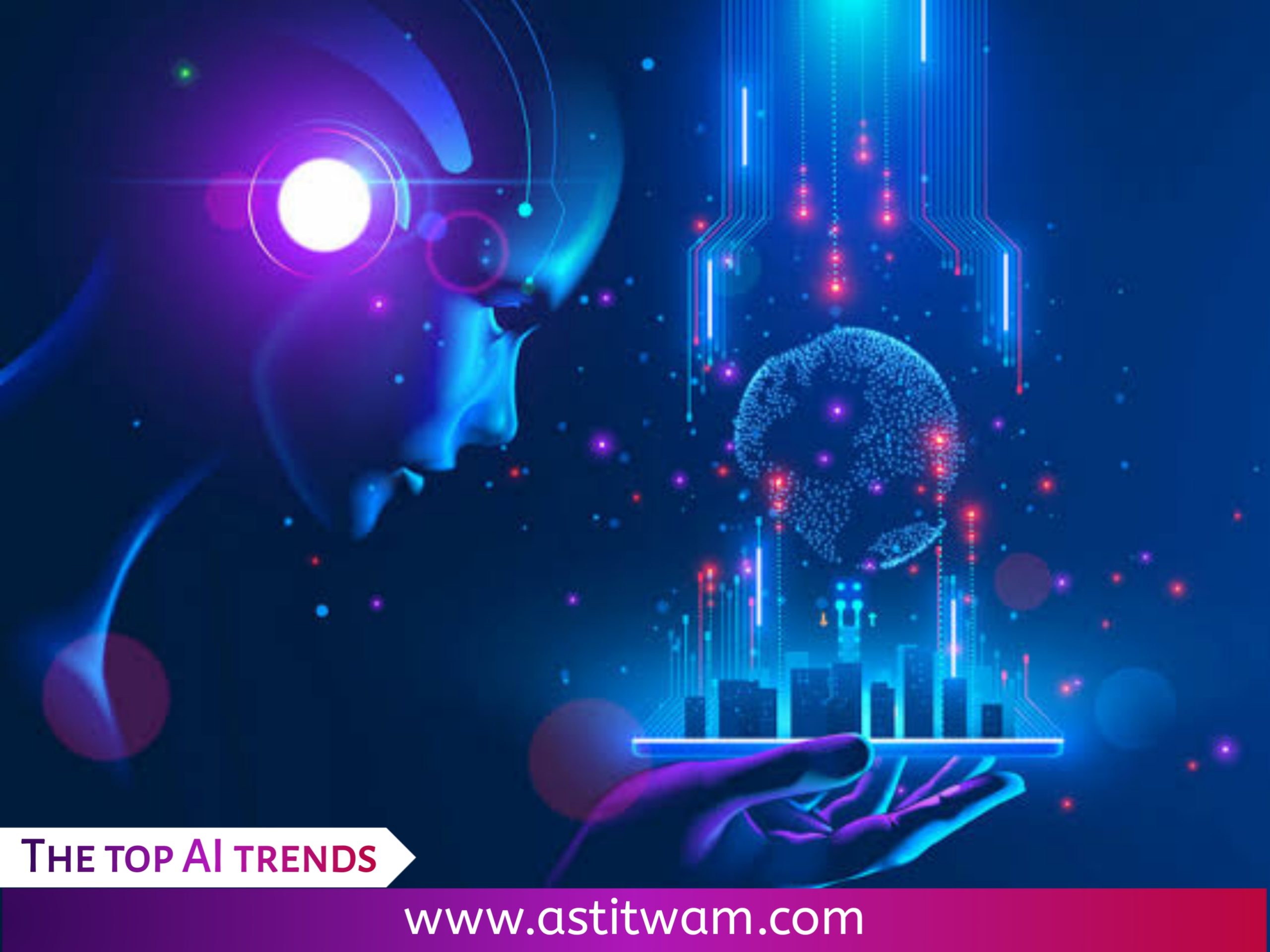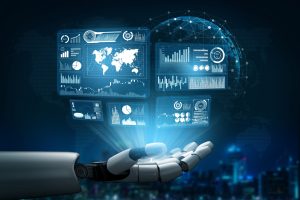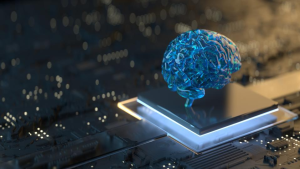Innovating Tomorrow: The Top AI Trends Shaping Tech Landscape

Table of Contents
Introduction
The fusion of technology and artificial intelligence (AI) is reshaping the world as we know it. In this era of rapid innovation, staying abreast of the latest AI trends is crucial for businesses and individuals alike. From healthcare to finance, from automation to creativity, AI is leaving an indelible mark on every industry. In this article, we will explore the top AI trends that are revolutionizing the tech landscape.
Unveiling the AI Trends

Trend 1: Natural Language Processing (NLP) Takes Center Stage
The advancements in NLP are unlocking a new realm of human-computer interaction. From chatbots to sentiment analysis, machines are increasingly understanding and generating human language, enhancing customer service and data analysis.
Trend 2: Reinforcement Learning Ignites Autonomous Systems
Reinforcement Learning is breathing life into autonomous systems. From self-driving cars to robotics, machines are learning through trial and error, making real-time decisions in complex environments.
Trend 3: AI-Powered Healthcare Revolution
The healthcare industry is witnessing a transformative shift with AI. From diagnostic accuracy to drug discovery, AI algorithms are accelerating medical research and personalizing patient care.
Trend 4: AI in Cybersecurity: The Ultimate Guardian
As cyber threats evolve, AI is stepping in as a powerful ally in cybersecurity. Machine learning models can detect anomalies and patterns, fortifying digital defenses against ever-evolving threats.
Trend 5: Generative Adversarial Networks (GANs) Redefine Creativity
GANs are revolutionizing creativity by generating realistic content like art, music, and even text. This trend blurs the line between human and machine creativity, challenging our perceptions.
Trend 6: Edge AI: Intelligence at Your Fingertips
Edge AI involves processing data locally on devices rather than in the cloud. This trend reduces latency and enhances privacy, making real-time decision-making possible for IoT devices.
Trend 7: AI Ethics and Bias Mitigation
As AI’s influence grows, so do concerns about ethics and bias. This trend focuses on developing fair and unbiased AI systems, ensuring that technology benefits everyone without discrimination.
Trend 8: Quantum Computing’s Impending Revolution

Quantum computing has the potential to solve problems that are currently beyond the reach of classical computers. This trend promises breakthroughs in cryptography, optimization, and scientific simulations.
Trend 9: AI-Enhanced Customer Experiences
From personalized recommendations to virtual shopping assistants, AI is transforming the way customers interact with brands. This trend creates more engaging and tailored experiences.
Trend 10: AI Democratization: Making Technology Accessible
Democratization of AI involves making AI tools and technologies accessible to a broader audience. This trend empowers businesses and individuals with the ability to harness AI’s capabilities.
Embracing the Future
In the ever-evolving tech landscape, these AI trends are driving innovation and shaping the future. From healthcare miracles to creative revolutions, from enhanced customer experiences to safeguarding against cyber threats, AI is at the forefront of it all. Embracing these trends means not only staying competitive but also contributing to a world transformed by the power of artificial intelligence.
FAQs (Frequently Asked Questions)
- How does AI impact job markets? AI may automate certain tasks but can also create new job roles, particularly in AI development, data analysis, and ethics management.
- What challenges does AI ethics face? Ensuring unbiased, transparent, and accountable AI systems poses challenges, as biases and ethical dilemmas must be carefully addressed.
- Can small businesses harness AI’s power? Absolutely! Many AI tools and platforms are tailored for small businesses, offering solutions for data analysis, marketing, and customer engagement.
- What’s the future of AI collaboration with humans? The future involves seamless collaboration, where AI augments human capabilities, enabling us to solve complex problems faster and more efficiently.
- Is AI’s potential limited by data availability? Data is crucial for AI’s effectiveness, but advancements in techniques like transfer learning are allowing AI to perform well even with limited data.




